JKPSC KAS Mains 2022 History Paper 1:
INSTRUCTIONS
Please read each of the following instructions carefully before attempting the paper.
(i) There are eight questions divided in two Sections and printed in English. Candidate has to attempt Five questions in All. Questions No. 1 and 5 are compulsory and out of the remaining, any Three are to be attempted choosing at least One question from each Section. The number of marks carried by a Question/Part is indicated against it. Answers must be written in English in Question-Cum-Answer (QCA) Booklet in the space provided.
(ii) Your answer should be precise and coherent.
(iii) If you encounter any typographical error, please read it as it appears in the text book.
(iv) Candidates are in their own interest advised to go through the general instructions on the back side of the title page of the Answer Script for strict adherence.
(v) No continuation sheets shall be provided to any candidate under any circumstances.
(vi) No blank page be left in between answer to various questions.
SECTION- A
1. Mark the following places on the map supplied to you with a short note not exceeding 30 words on the places plotted by you: (20 x 2.5 = 50)
(i) Besnagar
(ii) Hunsagi
(iii) Gufkral
(iv) Patliputra
(v) Girnar (girnar)
(vi) Kannauj
(vii) Sopara
(viii) Manda
(ix) Tamralipati
(x) Sanchi
(xi) Madurai
(xii) Kapilvastu
(xiii) Ajanta
(xiv) Rakhigarhi
(xv) Kanchi
(xvi) Hazaribagh
(xvii) Calicut
(xviii) Plassey
(xix) Sravanbelgola
(xx) Vengi
2. (a) To what extent does the urban planning and the culture of Indus Valley Civilisation provide inputs to the present day urbanisation? Discuss. (20)
(b) To what extent archeological findings are useful in understanding the neolithic and chalcolithic culture in India. (15)
(c) Bring out the changes that society went through between early vedic and later vedic period. (15)
3. (a) Bring out the elements of change and continuity in the domestic and foreign policies of Ashoka. (20)
(b) The emergence and core philosophy of Buddhism and Jainism have a striking resemblance as well as certain differences. Compare and contrast the two religious philosophies. (15)
(c) Draw out the parallels between Ashoka’s dhammas as found in his inscriptions and Vedic literature. (15)
4. (a) Critically analyze the evolution of different schools of art in the Indian subcontinent between the 2nd century BCE to 3rd century CE in light of changing political landscape of subcontinent. (20)
(b) Examine the role of guilds and trade organisations on economic life of ancient India. (15)
(c) The Gupta age in ancient India has been called the ‘Golden age of India’, however this statement contrasts with changing position of women and increasing rigidity of caste system in Gupta period. Discuss. (15)
SECTION- B
5. Write short notes in not more than 150 words in each of the following. (5 x 10 = 50)
(a) Evaluate Rajatarangini as a source of history.
(b) How do you account for the decline of the major cities of the Indus Valley Civilization?
(c) Discuss the attitude of Chishti saints towards the state. How were the Suhrawardi saints different in their attitude towards the government.
(d) How was cartaz system used by the Portuguese to maintain their control over the oceanic trade?
(e) Evaluate the contents of the Tabagat-i-Nasiri as a source of medieval history.
6. (a) Examine the proficiency of the ancient Indians in field of science, mathematics, astronomy and metallurgy. (20)
(b) Bring out the parallel between Bhakti movement in medieval India and renaissance movement in 15th century Europe. (15)
(c) Trace the development of rock cut architecture in India. (15)
7. (a) Mark out the difference between the administrative reforms of Khilji dynasty and Tughlaq dynasty. (20)
(b) “India had been for hundred of years the Lancashire of the eastern world.” Do you agree with this statement. (15)
(c) Critically examine the works of foreign travellers as source of history of India. (15)
8. (a) Discuss the evolution of maritime trade of India from 12th century to 17th century. (20)
(b) How did Shivaji organise his administration and finances to consolidate his power. (15)
(c) Critically evaluate the condition of labour in Delhi sultanate on the basis of historical sources. (15)
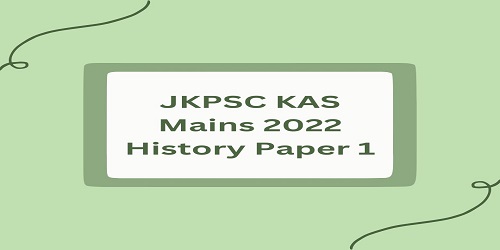
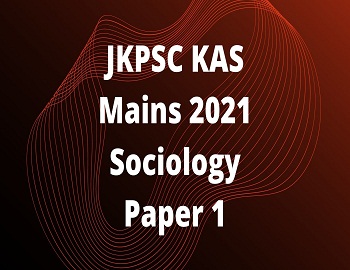
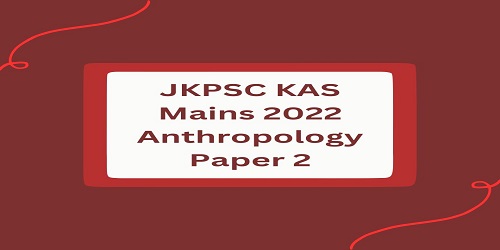
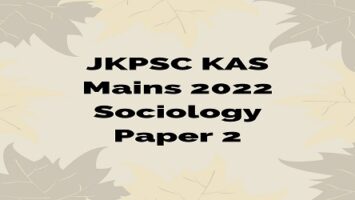
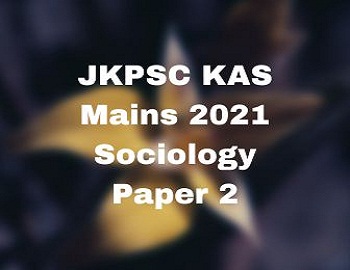
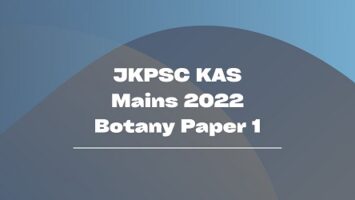
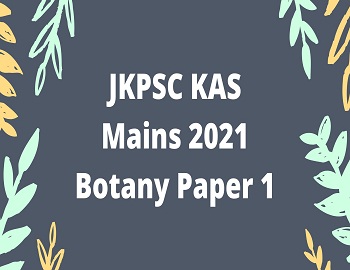
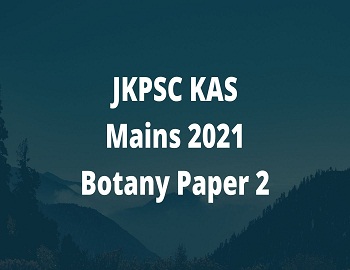
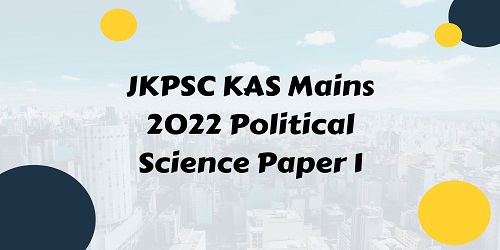
Comments (No)